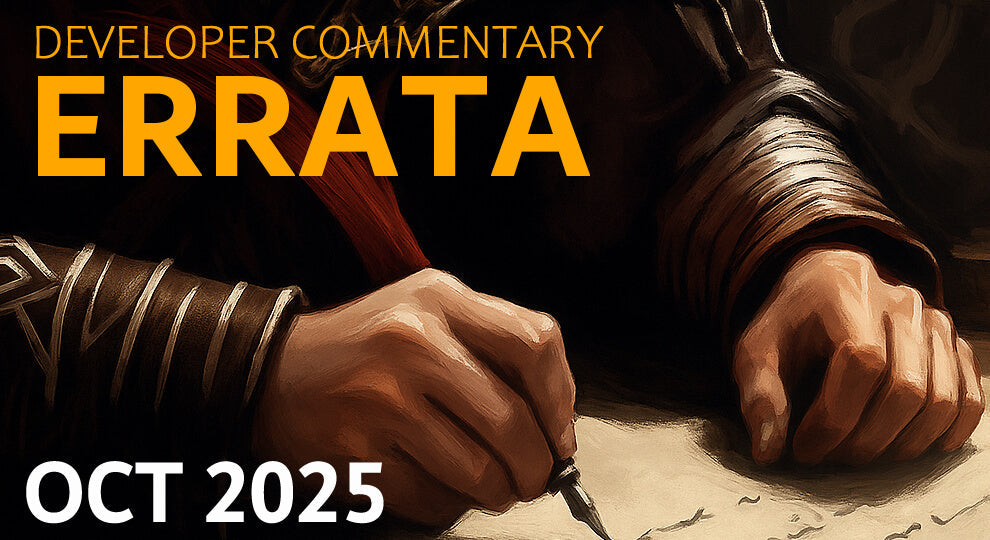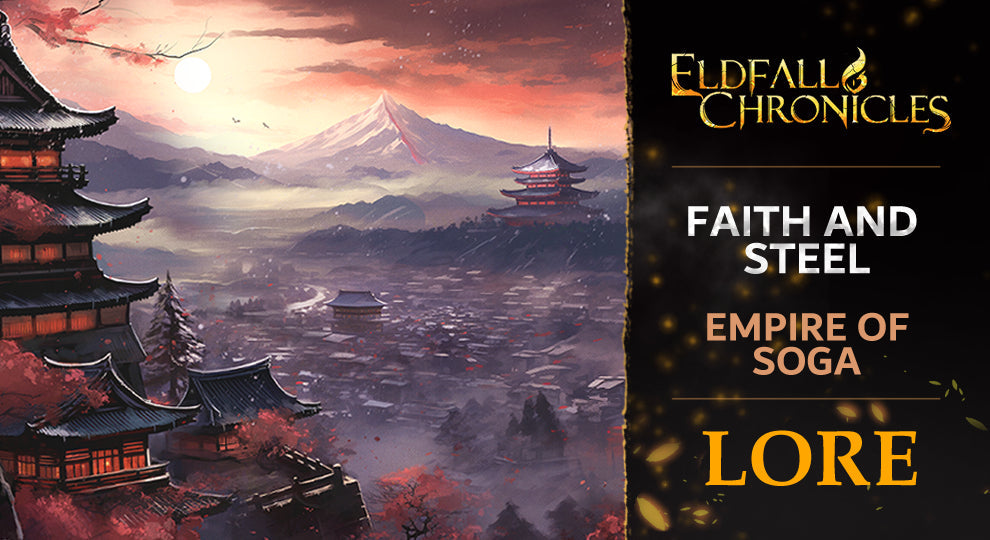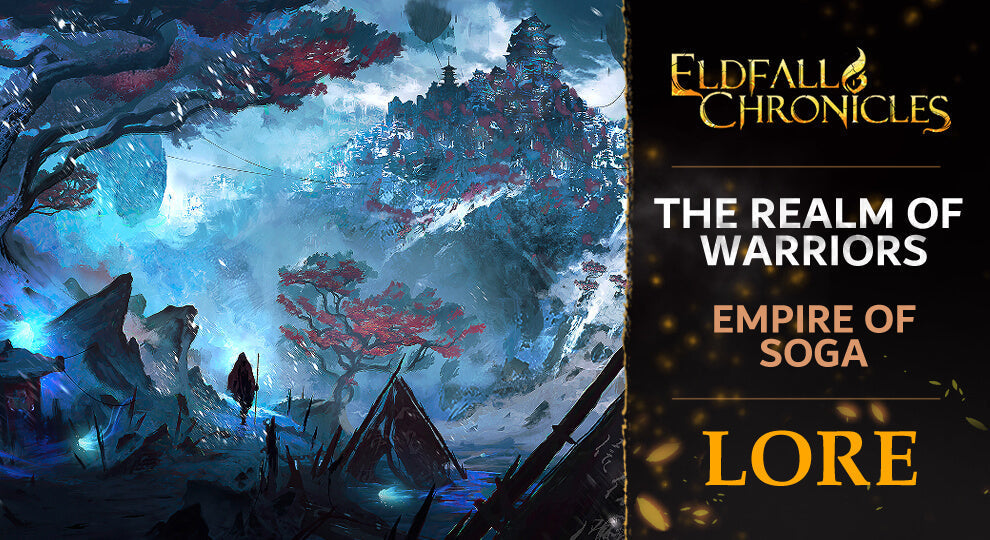Empire of Soga Part I: The Realm of Warriors
The Soga Empire dominates the northern reaches of the known world, holding both the largest territory and the greatest population of the four great powers. Its land is vast and varied, marked by a certain harshness, but also by strong regional identities shaped by geography.

Geography and Population
The South – Coasts and the Inner Sea
The southern coasts along the Imperial and Inner Seas are the most densely settled and prosperous. Where the two seas meet lies Shinkyo, the new capital—a thriving hub of commerce, craft, and politics. Fishing villages, markets, and port towns line the shores, connecting the Empire internally and with neighboring nations. This region is lively and secure, sustained by trade and seafaring. Its prosperity is reflected in refined architecture, colorful markets, and fine fabrics, making the southern cities the cultural heart of the Empire.
The Midlands – Plains, Hills, and Forests
Moving inland, the midlands stretch across rugged plains, rolling hills, and ancient woodlands. Though harder to traverse, they serve as the Empire’s ricebasket, providing the agriculture that sustains the population. Towns here tend to be practical and self-reliant, shaped by a more modest way of life than the coast.
The forests of the midlands are vast and towering, and they continue northward into the mountains. These primeval woods are said to be alive with spirits, primordial beasts, and stranger things lurking in their depths—sources of both reverence and fear.
To the west, closing the border with the Great Desert, the plains transition into vast unsettled steppes and high plateaus. These lands are harsh and sparsely inhabited, yet they stand as the first shield against whatever threats might emerge from the desert beyond.
The North – Mountains and Haunted Lands
Further north, the terrain rises into forbidding mountain ranges. Settlements here are sparse, concentrated around resource-rich industrial towns producing iron, timber, charcoal, and lacquerware. Winters are brutal, and travel is dangerous, plagued by highwaymen, unnatural beasts, restless spirits, and the unforgiving land itself.
Magmatic and volcanic activity occurs throughout the Empire, but is most prominent in the northern and central regions. The Kitsune have long played a role in taming the anger of these mountains, transforming peril into prosperity. Volcanoes provide lifeblood for many settlements, offering heat, minerals, and natural hot springs prized for their healing and comfort. The same forces of the land also give rise to floating isles found in certain regions—a natural marvel that offers both defense and mystique to those who dwell beneath their shadows.
The north faces a more immediate threat. In recent winters, Oni—demonic ogroids—have begun awakening from hibernation in the boreal mountains, descending into the lowlands to raid and devour. Their attacks are a constant trial for the people of the region, testing their resilience year after year. Northerners are known for their toughness, modest lifestyles, and martial traditions, with simple, utilitarian architecture topped with thick thatched roofs to withstand heavy snow.
The East – Kirijima and the Mistlands
The eastern regions, especially the Kirijima Archipelago, preserve traditions most closely tied to the native Kitsune. This fox-like chimeric people originated here and remain an essential, though often separate, part of the Empire. Many Kitsune communities live apart from humans, devoted to mystic traditions and their service to the great spirit of the land. Their influence is most visible in ritual, attire, and architecture of the east.
The eastern border is defended by the ever-present mists drifting inland from Kirijima. These fogs serve as both natural barrier and mystery, cloaking the seas and shores, warding off would-be invaders while further deepening the region’s reputation for secrecy and spiritual depth.
The West – Borderlands of Exchange
Toward the west, along the Hirodaira plains and the Titan’s Gates, Soga culture carries strong influence from neighboring realms—particularly the Sand Kingdoms. Music, cuisine, fabrics, and even architecture in these regions reflect a blending of traditions, born from centuries of border contact and trade.
A Scarred Land
The Empire still bears the scars of its history. As the principal colony of the Invaders in the Crimson Age, it endured the fiercest battles of that era. Many battlefields remain unconsecrated, tainted by profane energies and haunted by restless spirits. Ruined shrines, forgotten graves, and abandoned villages linger as reminders of the past. Religious orders, such as the disciples of the True Word of the Rishinkyo faith, work tirelessly to purify these places, but much of the land remains depopulated and unsafe.
Population
Despite its hardships, the Empire is densely populated compared to other realms. Its towns and cities are more numerous, though generally smaller in scale than those of its peers.
The majority of its people are human, descended from colonists who allied with the Kitsune to drive out the Invaders. The Kitsune remain a vital presence, yet live apart from most human settlements, reinforcing the Empire’s cultural diversity.
Politics
The Empire rests on feudal foundations, with martial traditions and loyalty to one’s lord at the core of society.
During foreign rule in the Crimson Ages, the land was divided into commanderies, each governed and defended by a warrior clan under Invader oversight. In time, the Soga clan rose at the forefront of a great uprising, allying with the Kitsune and other settlers who turned against their foreign masters. The revolt shattered the Invaders’ hold but left the land fractured. In the wars that followed, powerful lords expanded their domains, absorbing smaller clans and forming independent states. Through shifting alliances and bitter conflicts, five great rival clans emerged—until at last the Soga rose above the rest, uniting the Empire under their banner.
The lords of these clans were granted the title of Warden, each ruling their regions with considerable autonomy while formally pledging loyalty to the Soga court in Shinkyo.
Although the Empire acknowledges an Emperor, unity is fragile. Rivalries run deep, and political life is rife with intrigue, disputes, and shadow wars. Some clans seek to expand their influence openly, others undermine the Soga subtly, and many resort to covert methods to weaken or discredit rivals.
Imperials—citizens of the Empire—are accustomed to small, tight-knit communities and may seem distant to outsiders. Yet their lords are often eager to adopt foreign innovations, especially if they offer an advantage over rival clans.
Five great clans dominate the realm, with the Soga foremost among them. Each commands its own networks of retainers and allies, ranging from reclusive shinobi families to monasteries of warrior monks. The most feared of these operatives, the Oniwabanshu, serve directly under the Soga themselves. Obedience and loyalty are further reinforced through marriage alliances and the exchange of hostages: heirs are often sent to rival clans to be raised and trained in the arts of war and governance.
The Kitsune alliance remains central to imperial identity. These fox-like chimeras are revered as shamans, fortune-tellers, and thaumaturgists (miracle workers). Their leader—the Grand Priestess—holds the honored title of First Empress and Head Court Ritualist. Tradition also dictates that the Second Consort of the imperial family comes from one of the other four great clans, ensuring the throne retains the backing of powerful allies.
Military
The Empire does not maintain a single, unified army. Instead, each warrior clan fields its own retainers, sworn to defend their lands. These retainers are highly trained and well-equipped, forming the elite core of a clan’s forces. In times of crisis, levies are raised from the populace. Unlike in many other lands, these levies are far from untrained rabble: life in the Empire demands readiness, and citizens are expected to know the use of weapons to defend their homes. These ashigaru may not be professional soldiers, but they are disciplined and capable, serving as the backbone of larger armies in open engagements.
The military strength of a clan corresponds to the size and prominence of its estates. Lords are granted land and subjects to govern, protect, and tax, with some taking on greater risks or responsibilities for the Empire in return for more influence and authority. Despite rivalries, the great clans are sworn to rally their bannermen—the minor lords—who in turn call their retainers to arms when the Empire demands it.
Each great clan also specializes in distinct strengths that add to the Empire’s overall military character:
- Kitano (North): renowned for endurance and the quality of their arms and armor.
- Mononobe (West): famed for horsemanship and archery.
- Izumo: known for fortification, siegecraft, and ties to the clergy.
- Aratani: masters of organization, mobility, and intelligence.
- Soga (Core): dominant in logistics, coordination, and naval power.
Armies are predominantly armed with physical weapons, with little reliance on magic. Discipline and strong leadership are valued above sorcery. Rather than one large centralized force, armies are structured into smaller banners—detachments consisting of ranged and melee troops, commanded by an officer and their retinue of elite warriors. This structure allows each banner to fight independently, giving the Empire tactical superiority in flexibility over its adversaries.
Though rare, some lords employ spellcasters, usually in roles such as enchanters or healers. Others, especially those with ties to the Rishinkyo, incorporate warrior monks and scholars into their forces, while clans close to the Soga may include Kitsune advisors in military councils.
Outside the bushi caste, the Kitsune and Rishinkyo clergy maintain their own combatants, but these forces are primarily tasked with protecting shrines, temples, and estates, and do not fall under feudal or imperial command.




